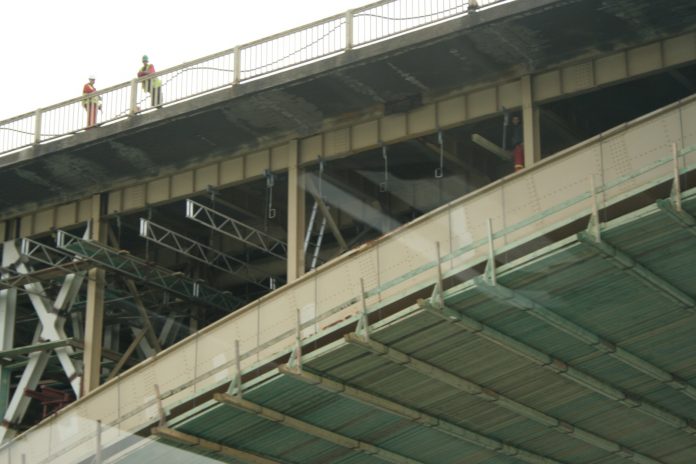The refugee and migration wave that hit Europe two years ago had both negative and positive consequences.
The negative consequence was the rise of far-right parties and Islamophobia among EU citizens.
But the arrival of hundreds of thousands of young people in an aging continent, such as Europe, has also created some new possibilities for the benefit of both migrants and refugees and the European economy.
It is not a secret that EU member states suffer from a constantly dwindling population.
Germany, the leading economy in the EU needs new brains and new hands. Germany will need 146,000 workers per year from non-EU countries in order to fill labour shortages caused by demographic decline, according to the findings of a study published on February 12.
On February 2018 Reuters reported that in France the problem of labour shortages afflicts some sectors of the economy as the construction, engineering and IT companies.
It is not a secret that EU member states suffer from a constantly dwindling population
Denmark also needs “new blood”. To address labour shortages, on October 3 2018, the government published a list of 12 countries whose nationals will be able obtain a work permit more easily.
“If you want a well-functioning welfare state you need to ensure there’s enough labour available,” Finance Minister Kristian Jensen told Bloomberg in Copenhagen.
Finland faces also similar problems as birth rate is continuing to fall and has reached its lowest level in 148 years, according to new data published by Statistics Finland. If the birth rate remains at the current level, there would be only 760,000 inhabitants aged under 15 in Finland by 2030.
In an article published in the Helsinki Times on December 2018, Social Democrat MP Joona Räsänen writes that declining population growth and ageing of the population are primarily a challenge for the Finnish economy. “Ageing of the population will increase demand for public services at a regional and municipal level. This creates huge pressure for public services, which are primarily funded by a decreasing number of taxpayers.”
Even the hysterically anti-immigration bloc of Central and Eastern European member states needs foreign labour, according to reports published by local institutions.
Hungary needs more hands to keep its economy booming. But filling vacancies is proving a tough job with ongoing massive emigration and a closed door to immigration. In an attempt to face the problem of labour shortages the authoritarian government of Viktor Orbán passed the so called “slave law” which allows employers to force employees to work overtime and lets them delay payment for up to three years.
Growth in the Czech Republic appears to be threatened by a shortage of workers. Foreign workers from neighbouring countries now represent the 11% of all employees.
if the European Union wants to be a strong competitive economy it needs to introduce new labour forces into its economy
Poland seems to face this need with the mass migration of Ukrainians following the crisis that hit the country in 2014.
However the problem of labour shortages persists. According to analyst forecasts, Poland by 2030 will be short of four million workers, partly the result of continued emigration of its own workforce to other EU countries and partly due to a low birth rate.
Poland was in particular looking to attract qualified workers, in the IT, medical and construction sectors, and now is seeking to hire millions of Filipino workers.
Romania’s business, commerce and entrepreneurship minister, Stefan Radu Oprea, said Romania needs workers in the agriculture, construction and tourism fields. The workers are needed to make up for the lack of numbers in the local workforce. To deal with labour shortages, the Romanian government relies mainly on foreign workers, especially those from Vietnam.
A strong competitive economy needs new labour force
In brief, if the European Union wants to be a strong competitive economy it needs to introduce new labour forces into its economy.
The problem is not new.
When the faster growing economies in Europe needed new labour hands, they would import them. Following the end of the Second World War, a mass immigration movement began from the South and the East towards Northern and Western Europe.
In the 1950s and 1960s, several countries such as France, Germany, the Netherlands, Belgium, Sweden, imported immigrants from the countries of the European south, many of them devastated by WWII or by civil war.
In the 1990s, following the collapse of the communist world, hundreds of thousands of Poles, Czechs, Serbians, Bulgarians or Albanians arrived in European countries and played an important role in the success of the European economies of that period.
Now, since the former communist countries are EU members, or are waiting in the EU lobby, there is not much to expect from the European soil.
What remains is the vast land of the Middle East, the South Asia and Africa.
If we want to maintain our social policy standards and see pensioners living their last years in dignity, we should refresh the European labour force. This means the most suitable programmes would be those aimed at the integration of refugees and immigrants in the European economies.

